Home >
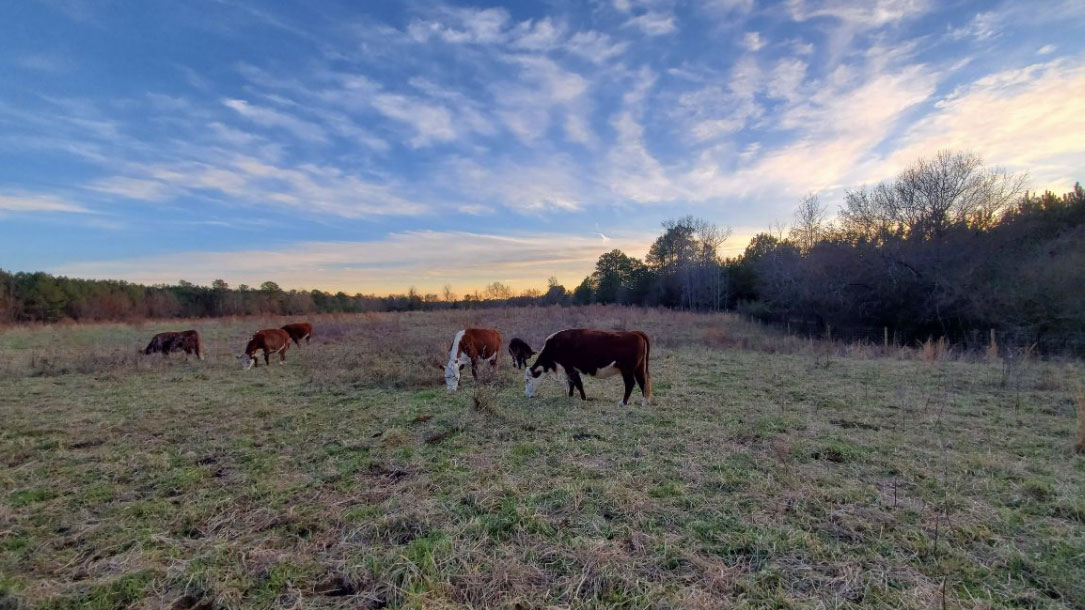
Farming to mitigate the effects of climate change
Land trusts are increasingly talking about how managing soil carbon can boost production, reduce greenhouse gas pollution, and increase water quality. If your land trust works in farm or ranchland protection, having conversations with farmers and ranchers around their management strategies for climate change—and the bottom line—can be very compelling.

Drawdown Review: 10 Key Insights
The Blue Mountain Land Trust is a small land trust serving Washington and Oregon State landowners across ten counties: Walla Walla, Columbia, Garfield, and Asotin counties in Washington; and Baker, Grant, Wheeler, Gilliam, Morrow, Umatilla, and Union counties in Oregon.
Since Project Drawdown was published in 2017, they have reprinted selected chapters of the book in every issue of their newsletter, Blue. In the last three years, our readers have learned how regenerative agriculture, managed grazing, silvopasture, tree intercropping, perennial cropping, reduced food waste, and other practices to decrease the emission of greenhouse gases (largely carbon dioxide) into the atmosphere and/or draw these gases out of the atmosphere and store it.
Check out this issue, as well as their past issues, for inspiring ways to help motivate your community to take action (without having to be the expert).

Purdue entomologist, green groups laud solar farm for native ground cover plan
Julie Borgmann, director of Muncie-based Red-tail Land Conservancy, spoke in favor of the pollinator-friendly provisions at several meetings of county government and also collaborated with the other supporters, including the Hoosier Environmental Council.
In an interview, she noted that, while it’s taken her land trust two decades to protect 2,700 acres of land in East Central Indiana, “this single solar farm” can “really have a huge impact on habitat for bugs, birds…and it goes on down the (ecosystem) line.”
Brock Harpur, an assistant professor of entomology at Purdue, called the new ordinance “a massive step forward for pollinator conservation in this state”…
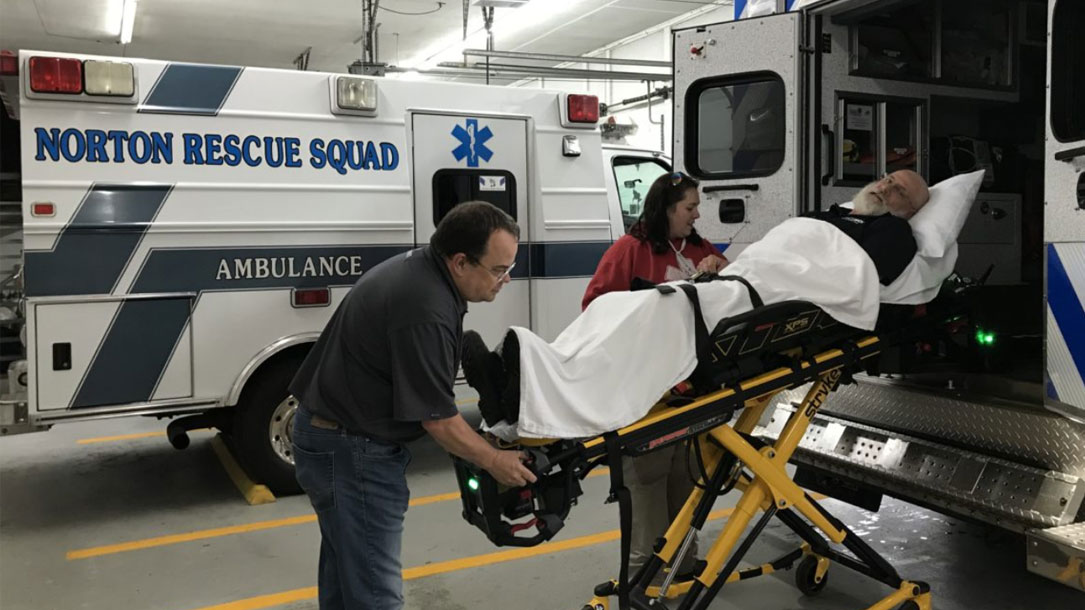
Appalachian solar advocates continue efforts despite setbacks, pandemic
A solar workgroup is retooling its approach and hopeful that Virginia’s new clean energy law will help overcome obstacles…
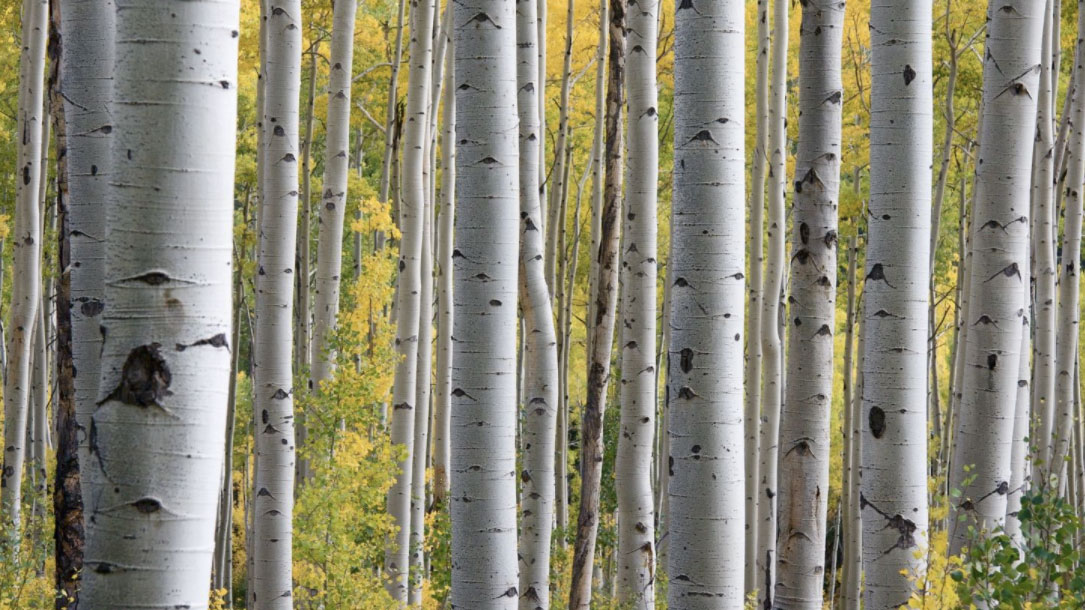
Wild carbon: a synthesis of recent findings
Permanently protecting forests and allowing them to grow in landscapes free from direct human manipulation is proving to be one of the most effective and cost-efficient methods available to address the climate crisis. While wild nature has a right to exist simply for its intrinsic value, recent science is shedding peer-reviewed light on the exceptional carbon storage capacity of unmanaged land, and its equally important benefits for safeguarding biodiversity.
In this short synthesis, ecologist Mark Anderson summarizes recent studies that demonstrate that in our fragmented, fast-developing world, wilderness offers the earth and its community of life the precious gift of time…
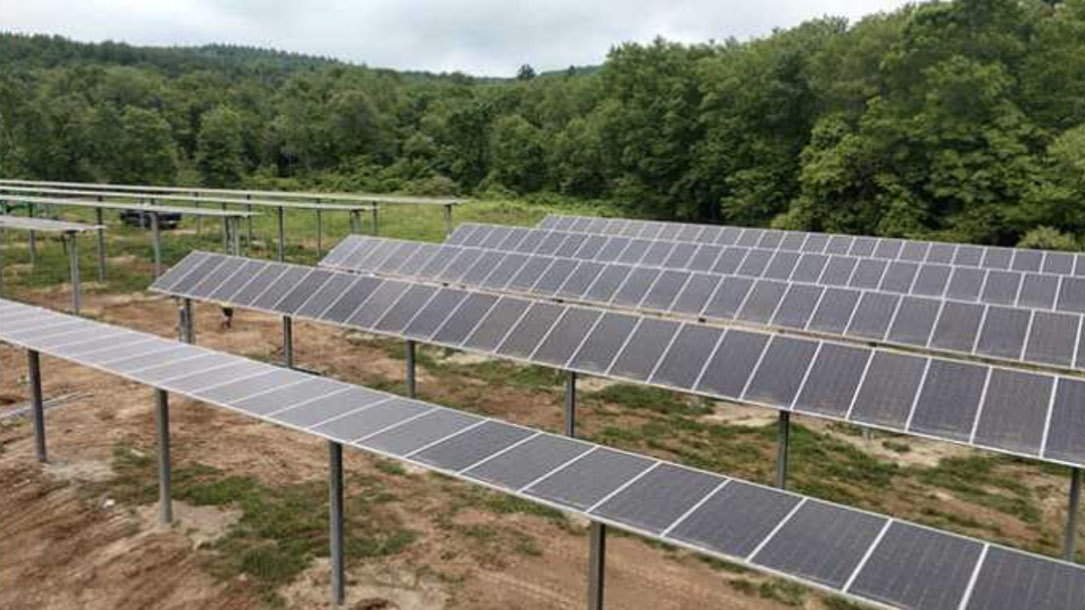
Installed: elevated solar supports family farm, cows, and crops
Generally, solar projects on agricultural land face pushback because traditional solar systems cover the ground in a manner that significantly reduces the amount of available farmland. This project did not face this kind of opposition because a dual-use system doesn’t replace crops, it works with them.
The array is designed to allow sufficient sunlight for the crops and is raised high enough in the air to allow tractors continued access underneath…[It] is designed with 20 ft. row-spacing and a minimum panel height of 10 ft. to improve performance and allow tractors continued access. Dual-use systems use special solar photovoltaic (PV) racking to harvest power from the same sunlight that nourishes the crops that grow under the mounts…
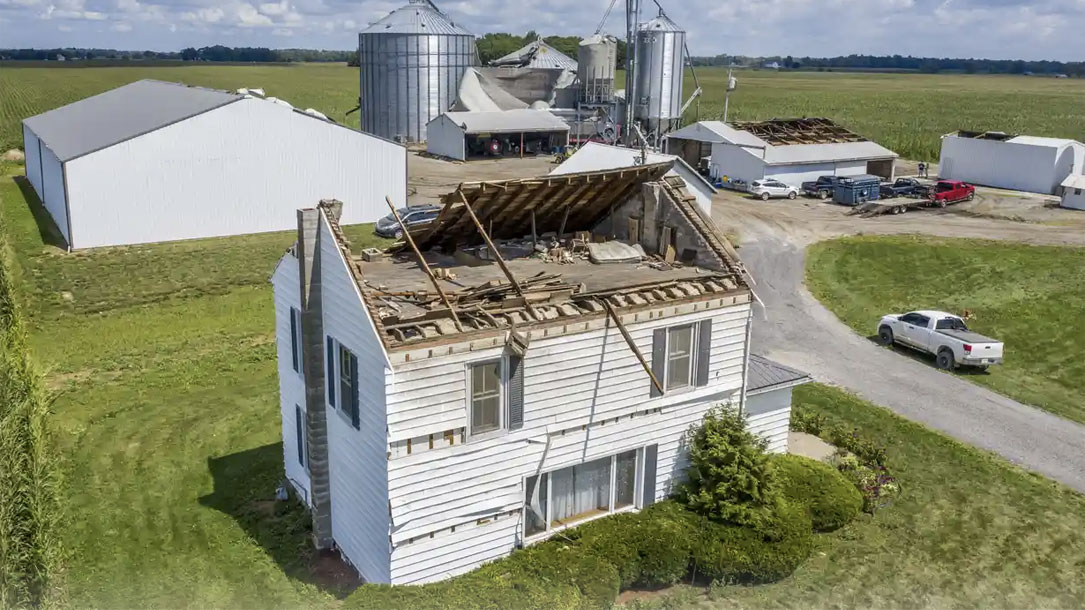
Extreme weather [just] devastated 10 million acres in the midwest. Expect more of this
The impacts of climate change are real and profound for our most basic industry: food. Fortunately, science tells us that we can make a real impact on climate change by planting less corn and more grass that sequesters carbon. Paying farmers to build soil health and retain water is a better investment than writing a crop insurance check for drought.
Farmers on the frontlines of climate change are trying to become more resilient to extreme weather by planting permanent grass strips in crop fields and planting cover crops for the winter that suck up nitrogen and CO2. The rate of adaptation would be quickened if conservation funding programs were not always under attack…
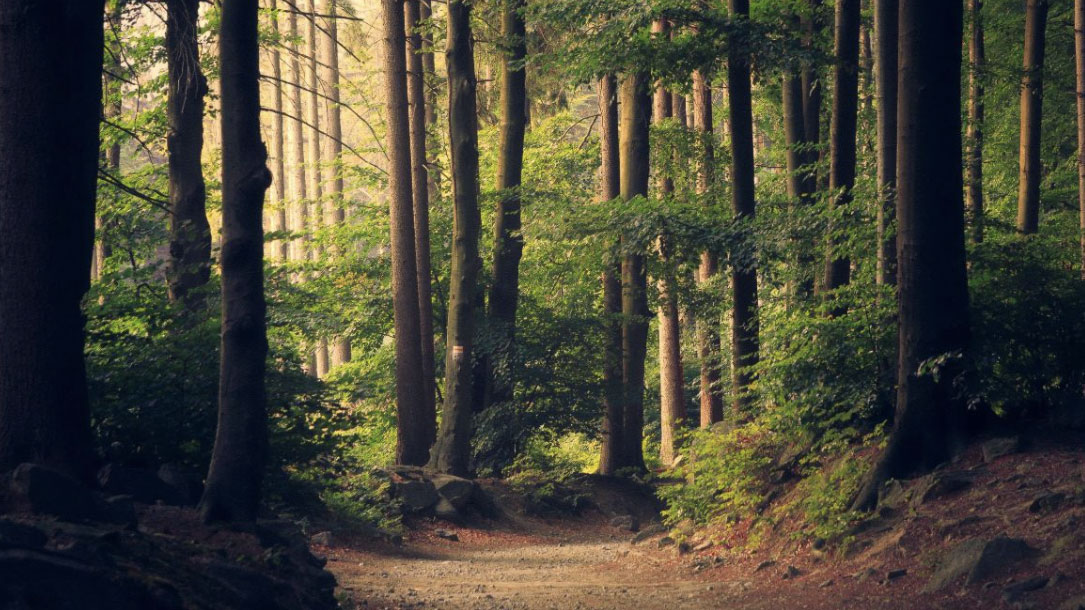
New forest carbon offset strategies turn to small landowners for big impact
This article highlights two programs with innovative methods for lowering the barriers to participation, combining small individual parcels into landscape-level carbon storage.
While Silviaterra leverages GIS data toward lower monitoring costs, the Family Forest Carbon Program focuses on incentivizing specific management practices based on estimated climate benefits.

Personal stories can shift climate change beliefs and risk perceptions: the mediating role of emotion
Using two experiments, a group of researchers test the effects of a radio story on the climate change beliefs and risk perceptions of political moderates and conservatives.
The radio story, which aired on hundreds of stations across the U.S., is a North Carolina sportsman’s personal account of how climate change has already affected the places he loves. Both experiments found positive effects on global warming beliefs and risk perceptions. Additionally, Study 2 found these effects were mediated by emotional reactions of worry and compassion. These studies suggest personal stories can be a persuasive communication strategy…

Daphne Prairie and other Texas grasslands can store carbon and help fight climate change
Scientists say the world needs to cut greenhouse gas emissions nearly in half by mid-century to avert catastrophic effects from global warming. Carbon dioxide is the most prevalent greenhouse gas; the amount in the atmosphere has been rising as humans burn fossil fuels. Not only must the world stop releasing more carbon, some CO2 already in the air also must be removed, experts say…












